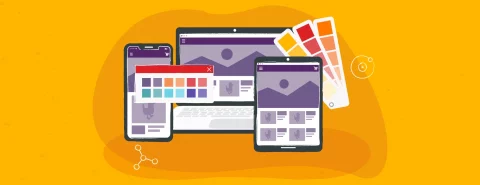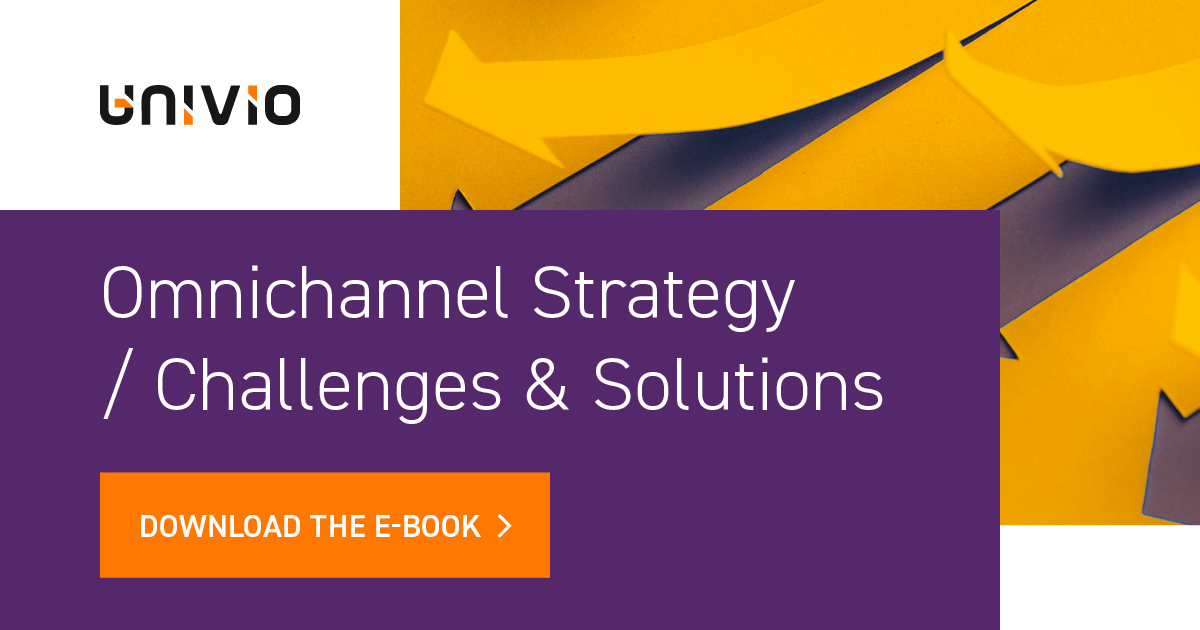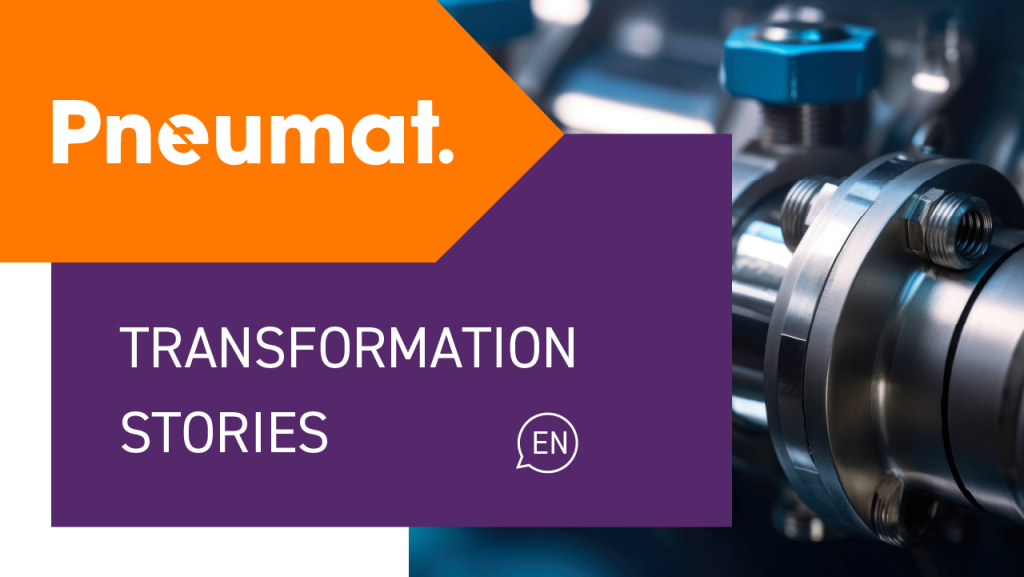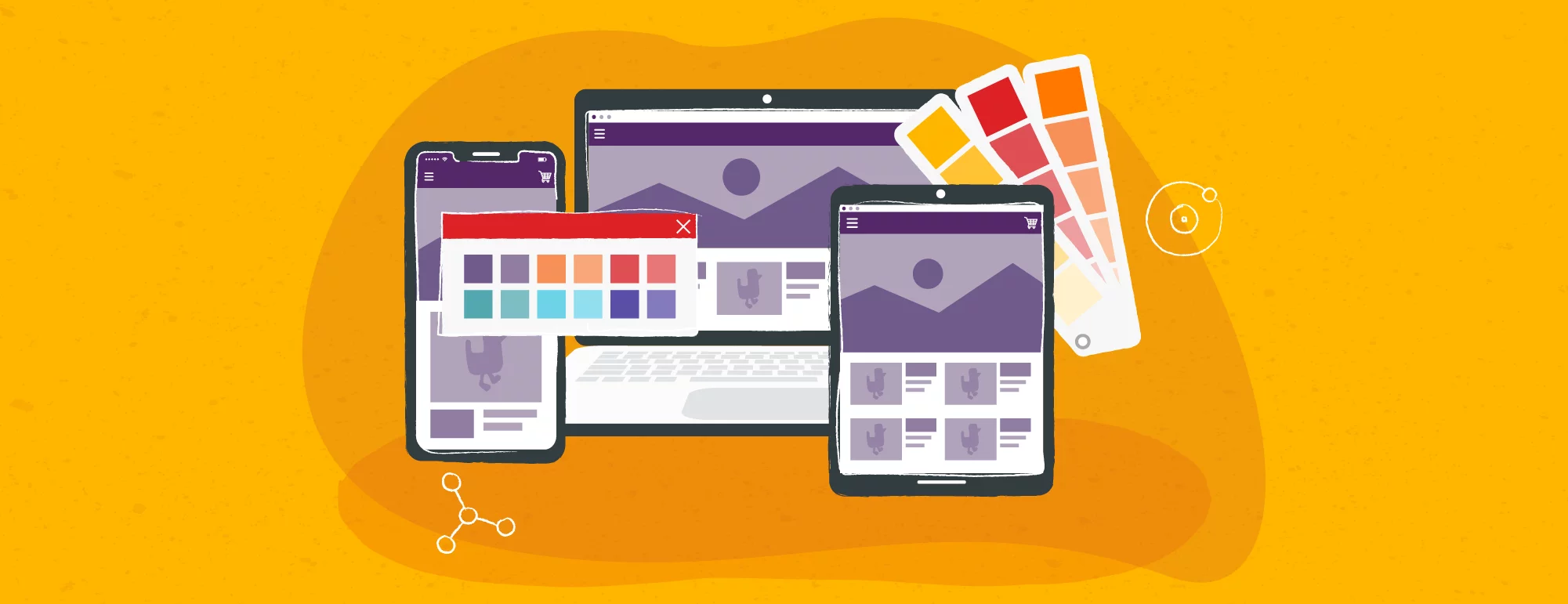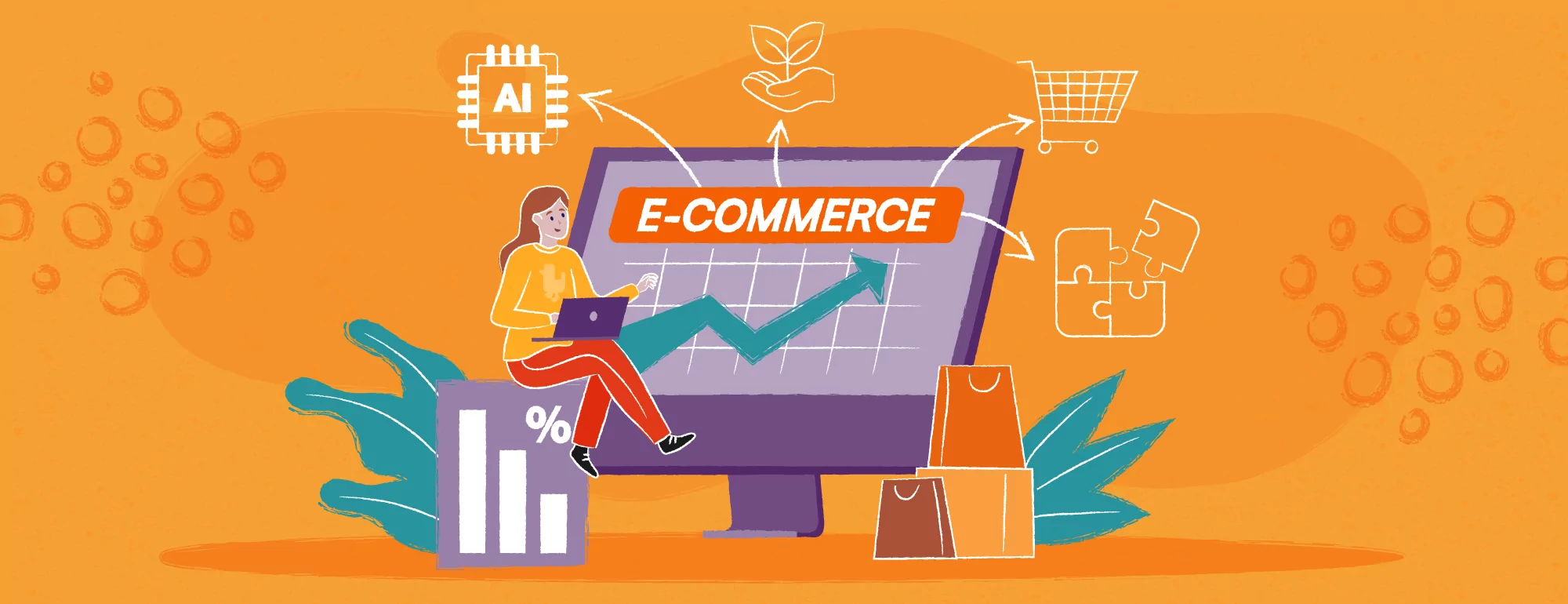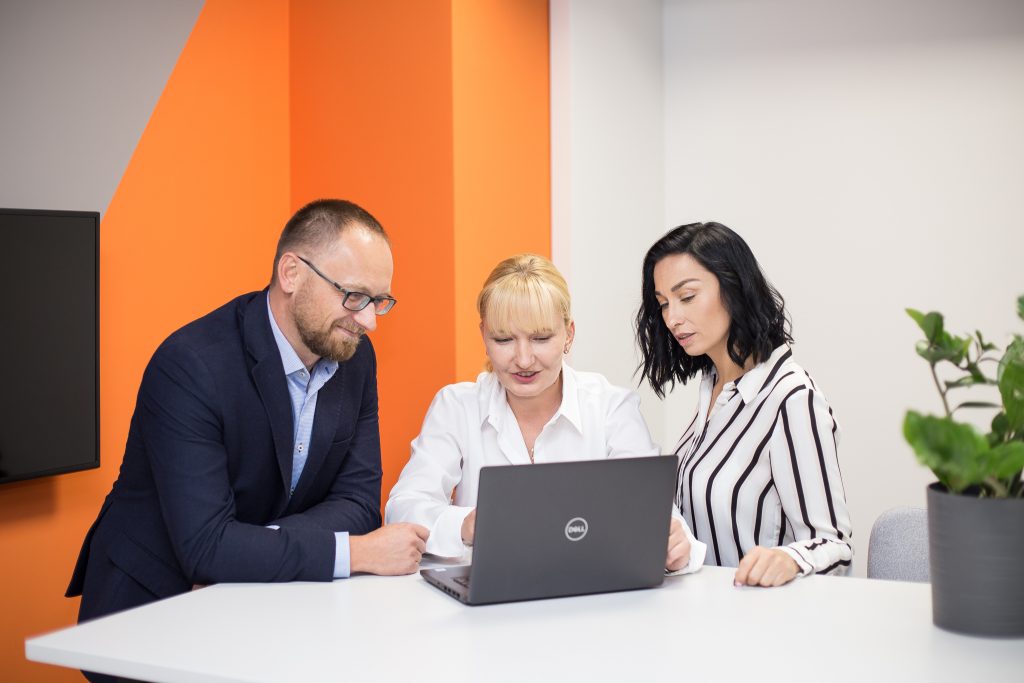Q-commerce: Lightning-Fast Delivery as Your E-commerce Edge
Not long ago, next-day delivery was the gold standard in e-commerce. Today, customers expect much more — products available and delivered within an hour or, at most, the same day.
In response to these needs, the Q-commerce (Quick Commerce) model emerged — a new era of online shopping where the speed of order fulfillment is paramount.
What is Quick Commerce?
Q-commerce is a next-generation extension of traditional e-commerce, designed to prioritize speed and convenience. It focuses on ultra-fast delivery of everyday essentials like groceries, medications, and convenience items, often within 30 to 60 minutes.
This rapid fulfillment model typically operates through local warehouses, dark stores, or nearby retail outlets, making it especially effective in densely populated urban areas. Proximity to the customer and optimized last-mile logistics are critical success factors in this model.
The Rapid Growth of the Q-commerce Market
The global quick commerce market reached a value of approximately USD 170.8 billion in 2024. Forecasts indicate that in 2025 its value will increase to USD 184.55 billion, and by 2032 it will reach as much as USD 337.59 billion. This equates to a compound annual growth rate (CAGR) of 9.01% during the forecast period from 2025 to 2032.
The largest player in the market is North America, which accounted for over 33.5% of total sales in the quick commerce segment in 2024.
Europe is growing rapidly, although on a smaller scale. In 2025, the Q-commerce market in Europe will be worth approximately USD 9 billion, with forecasts showing growth to USD 19 billion by 2032 and a CAGR of around 11%.
Q-commerce is more than a reaction to market demands — it’s a strategic opportunity for businesses to gain a competitive edge and strengthen customer loyalty through unmatched speed and convenience. As consumer expectations continue to rise, fast and reliable order fulfillment is becoming a key differentiator in an increasingly crowded marketplace.
Consumer Trends: The Demand for Speed and Convenience
One of the main drivers of Q-commerce is the shifting behavior and expectations of digital consumers. Today’s shopper, especially Millennials and Gen Z in large cities, values convenience and is often pressed for time.
Data clearly shows what influences purchasing decisions: 81% of online shoppers rank free shipping as the most important factor.
Right behind that is fast delivery, cited by nearly 68% of respondents, proving that delivery speed is essential to a positive shopping experience. Moreover, over half of customers (56%) said product availability for immediate shipment is critical. In-stock inventory has become a major decision factor.
Looking at delivery specifics, around 24% of users prioritize same-day shipping. Another 28% opt for next-day delivery as their preferred option.
Q-commerce applications have accustomed users to an intuitive shopping experience — from easy product searches, to favorite shopping lists, real-time courier tracking, and one-click payments. Customers increasingly expect full transparency, including information about product availability in the nearest warehouse and precise delivery times.
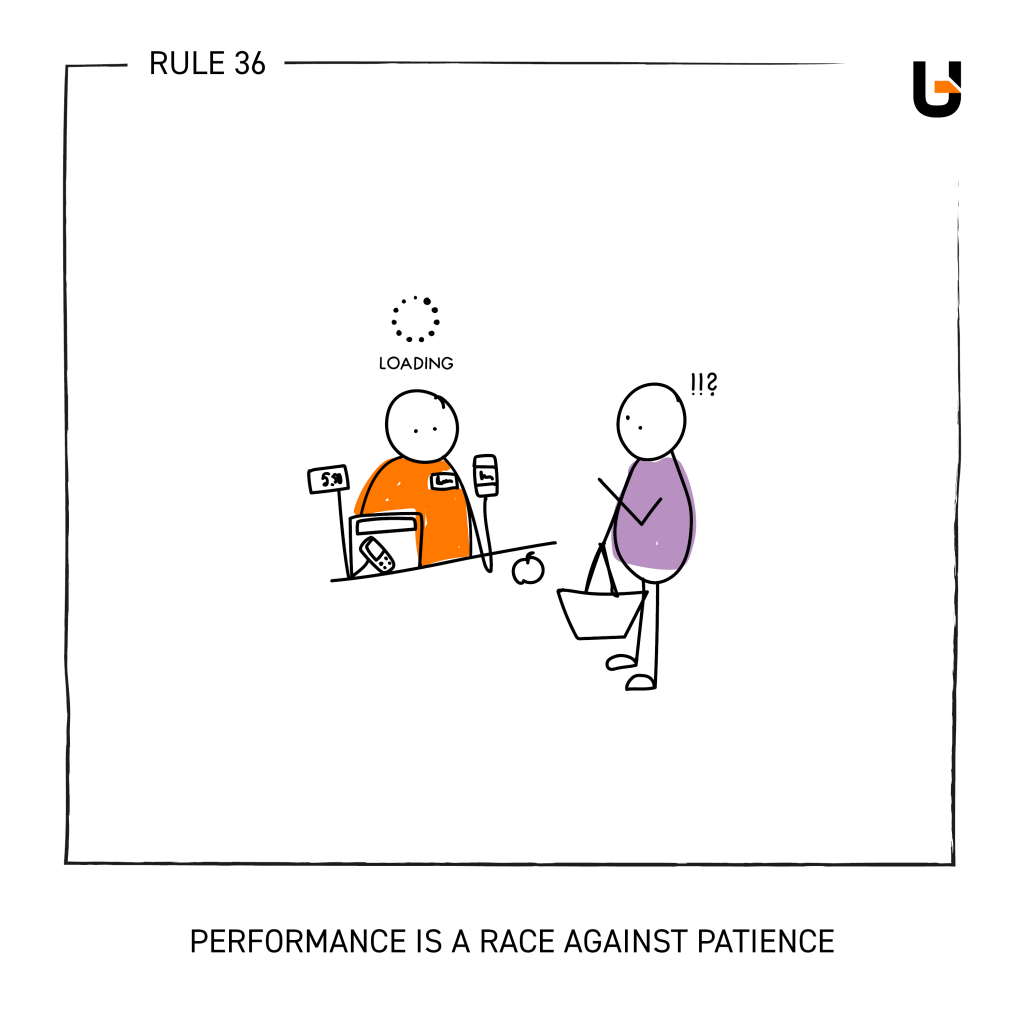
Operational and Business Challenges of the Q-commerce Model
While Q-commerce meets rising consumer demand for near-instant gratification, it also presents significant logistical and financial challenges. Delivering at speed requires a network of strategically located micro-warehouses, dedicated couriers, and efficient handling of high volumes of small orders. Despite the high operational costs, advancements in technology and smarter fulfillment strategies are helping businesses improve profitability and streamline performance.
Although this model is best suited to large cities, where orders are densely clustered, increasing urbanization and new logistics solutions present opportunities to expand reach and improve operational efficiency.
Q-commerce Benefits: What Companies and Customers Gain from Ultra-Fast Delivery
Q-commerce isn’t just about challenges — it also brings a range of tangible benefits that can significantly transform commerce and the customer experience. Here are the most important ones.
Increased Customer Satisfaction and Loyalty
Fast delivery meets the growing expectations of modern consumers who want their purchases “here and now.” By fulfilling orders within minutes or hours, retailers can significantly boost customer satisfaction, which leads to increased loyalty and purchase frequency. Companies that meet these expectations build stronger relationships and gain a competitive edge in the market.
New Revenue Streams and Higher Basket Values
Q-commerce enables the handling of fast, impulse-driven purchases that often supplement traditional grocery shopping. This allows businesses to generate additional revenue from small but frequent orders that might previously have been lost to physical stores or competitors.
Efficient Use of Existing Infrastructure
The ship-from-store model makes it possible to use existing physical store networks as order fulfillment centers. As a result, companies don’t need to build expensive new warehouses from scratch, which significantly reduces investment costs and shortens deployment time.
Strengthening Omnichannel Capabilities
Q-commerce integrates offline and online sales channels, enabling real-time inventory and order management. Customers can shop wherever they prefer — in-store, via app, or online — and their orders will be fulfilled quickly and efficiently.
Greater Flexibility and Scalability Through Modern Technology
Composable commerce platforms, on which Q-commerce solutions are based, offer a modular approach and easy integration with various systems (OMS, courier apps, payments). This allows businesses to quickly adapt to changing demands and test new business models, such as subscriptions or dynamic promotions.
Better Inventory Management and Reduced Waste
By using advanced demand forecasting algorithms and real-time monitoring of inventory across multiple locations, businesses can more accurately plan stock levels and avoid shortages or overstocking.
Sustainability and Positive Brand Image
An increasing number of companies are investing in eco-friendly delivery fleets, reducing packaging, and implementing environmentally conscious practices. These efforts improve brand image and meet the expectations of increasingly eco-aware consumers and regulations like Digital Product Passport.
Ability to Respond Quickly to Changing Trends and Customer Needs
Speedy order fulfillment and technological flexibility enable businesses to introduce new product categories for express sales, respond to seasonality, or run flash sales and live shopping campaigns. This is a great way to boost customer engagement and quickly test new sales ideas.
The Role of Composable Commerce Platforms
The success of Q-commerce depends heavily on the flexibility and scalability of the technology platforms behind online sales. Traditional monolithic e-commerce platforms were not designed for 15-minute delivery.
That’s why retailers implementing Q-commerce are increasingly choosing modern composable commerce platforms. A composable architecture means the platform consists of independent modules (so-called Packaged Business Capabilities), connected via API, which can be freely combined and scaled. This offers the freedom to build an ecosystem best suited to business needs — such as integrating a specialized courier management module, switching to a different OMS, or adding new sales channels without overhauling the entire system.
One example of such a platform is VTEX. Thanks to its flexible architecture, built-in tools, and ease of integration, it enables businesses to quickly launch the Q-commerce model.
Key VTEX features that support Q-commerce include:
- Ship-from-store — fulfilling orders from the nearest store or warehouse to speed up delivery
- Omnichannel OMS (Order Management System) — real-time inventory and order management across multiple sales points
- Pick&Pack app — allows store employees to assemble orders
- Live Shopping & Flash Sales — tools for running dynamic sales campaigns and live selling
- Composable architecture — API-first flexible structure that easily adapts to changing business needs
- Franchise module — fast onboarding of additional physical stores (owned or franchised) to the e-commerce platform
Univio, as an experienced VTEX implementation partner, helps clients unlock the full potential of the platform by tailoring it to customer and market needs.
Q-commerce in Practice — Which Companies Are Already Using This Model?
More and more well-known brands are implementing Q-commerce models to meet growing customer expectations. With VTEX technology, they can not only accelerate order fulfillment but also manage sales and logistics more efficiently. Here are a few examples showing how it works in practice:
Auchan (Romania)
Auchan decided to migrate its online store to the VTEX platform to meet the increasing demands of the Q-commerce market. By integrating with Uber Eats, the company significantly expanded the range of products available for fast delivery. The model relies on local Auchan stores and warehouses, enabling order fulfillment within as little as an hour.
“We want to offer our customers significantly more in terms of assortment, services, and experiences. We decided to take Auchan gastronomy to the next level by partnering with global leaders in fast delivery to become the best in affordable, high-quality cuisine.” — Tyberiu Danetiu, Customer Experience and Innovation Director, Auchan Retail Romania
KFC (Romania)
KFC chose to digitally transform its online sales channel by selecting the VTEX platform as the foundation of its modern e-commerce system. The platform was designed to adapt to rapidly changing consumer needs, offering an intuitive, fast ordering process and personalized shopping experience.
“With our new e-commerce solution, we’re completely changing how we interact with our customers. With advanced technology, we’ve built a platform that anticipates and adapts to their constantly evolving needs. This way, we offer not just a simple and fast ordering process, but also a comprehensive, personalized digital experience. This investment is a key step in KFC’s digital evolution and places us once again at the forefront of the local foodservice industry.” — Monica Eftimie, Chief Marketing Officer, Sphera Franchise Group
H Mart (USA)
H Mart, a supermarket chain, expanded its e-commerce channel and partnered with Uber Eats to offer on-demand and scheduled delivery from over 78 stores across North America. Implementing VTEX allowed for efficient real-time management of orders and inventory, which is crucial for the Q-commerce model. Cooperation with Uber Direct provides access to a wide courier network, enabling customers to receive products even the same day.
Q-commerce — How Not to Fall Behind in the Era of Instant Shopping
Q-commerce is no longer a trend but a necessity for companies that want to meet growing customer demands. The VTEX platform provides ready-to-use, scalable tools to fulfill orders in minutes rather than days. Examples like Auchan, KFC, and H Mart show that fast online commerce is now within reach.
How Does Univio Help Clients Enter Q-commerce?
As a VTEX implementation partner, Univio not only delivers the technology but also supports businesses at every stage — from needs analysis, through configuration and integration, to platform optimization. With our e-commerce and logistics expertise, we shorten implementation time and eliminate typical tech challenges.
Want to find out which solution will be best for you?
